Scientific mastery: François Morellet celebrates 90 years with London shows

In art, as in science, some of the most thoughtful, pioneering minds work away quietly in their studios or labs for decades before the world catches on to what they are doing. For nearly 30 years – from the late 1940s to the mid-70s – François Morellet, a self-trained painter, ran his family’s factory in Cholet, western France. Come the weekend, he was quietly inquiring into the nature of subjectivity in art – or as he describes it, 'flirting with the void'.
'When your goal is to say nothing, it is easy to do so, but the biggest challenge is to let people know about it,' says Morellet, as he prepares a series of exhibitions in London and Brazil to mark his 90th birthday. Now, at last, his early pieces of radical minimal and conceptual art are recognised by the establishment, and hang in major collections including the Tate Modern and MoMA; and his international reputation is growing.
He is wryly philosophical about his late success: 'I often said that in the past, I considered that my work was widely underestimated and that today it is probably overestimated. Injustice can be quite bearable, especially when it favours yourself.' This attitude, of standing back from his own success and observing it with a scientific, politicised coldness – yet always with a warm, humanising wit – is typical of the attitude Morellet has always taken to art.
In the early 50s, reacting against the values of the day, Morellet began to experiment with painting and printing methods that used systems to minimise the sensibility of the artist, and 'make work as empty as possible'. He explored an aesthetic dictated by both mathematical rhythms and chance, producing works like, Random Distribution of 40,000 Squares Using the Odd and Even Numbers of a Telephone Directory, 1960. Pre-dating the minimalist movement, he took as aesthetic inspiration his love of free forms like jazz and the apparently infinite motifs used in Oceanic tapa fabric designs.
Morellet later embraced neon tube lighting and installation art, always looking to reject art historical baggage with fresh forms, materials, and even language. When I asked Morellet if he created work in response to architectural spaces, he said he was allergic to the word 'create'. 'As far as I am concerned I amuse myself playing with constraints that I establish with my systems. Playing with "rules of the game" is the most efficient way to reduce my subjective decisions which is my first and final goal. Playing with architecture saves me the trouble of using my own constraints.'

From the late 1940s to the mid-70s François Morellet ran his family’s factory in western France. Pictured left: Lamentable Ø 5m blanc, 2005. Right: François Morellet in his studio, Cholet.
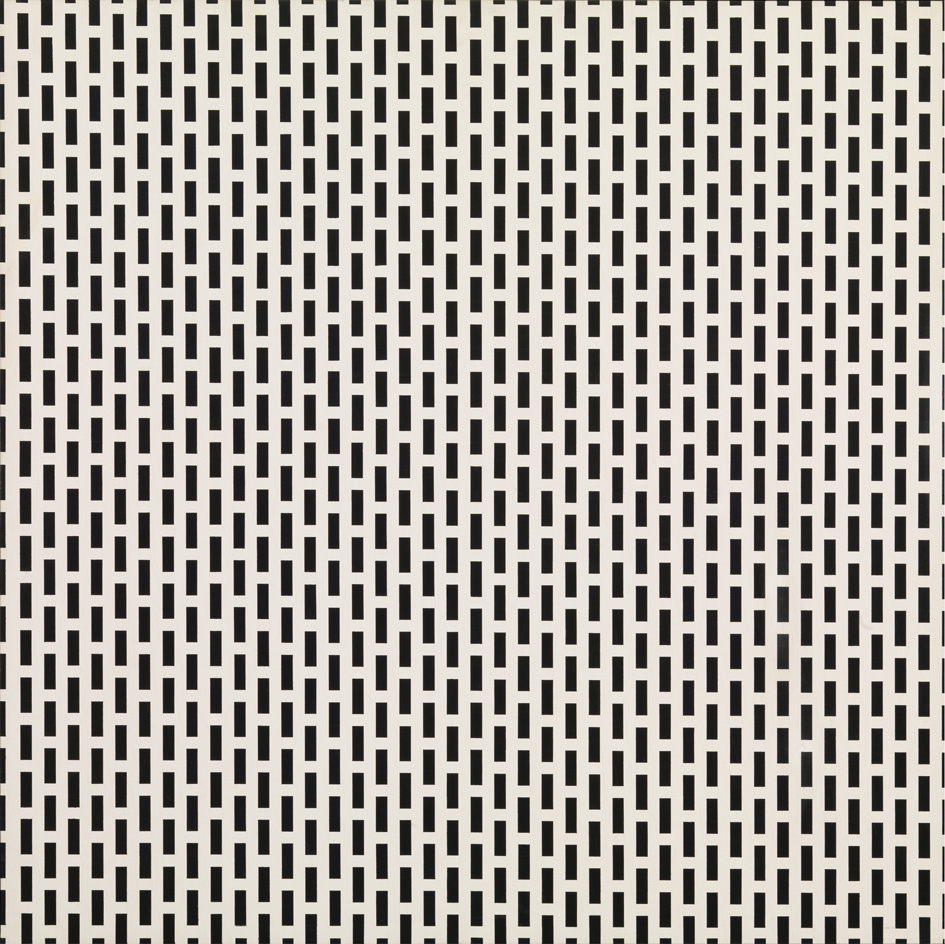
Now, at last, his early pieces of radical minimal and conceptual art are recognised by the establishment, and hang in major collections. Pictured: 3 trames de carrés 1 trame de tirets, 1975.
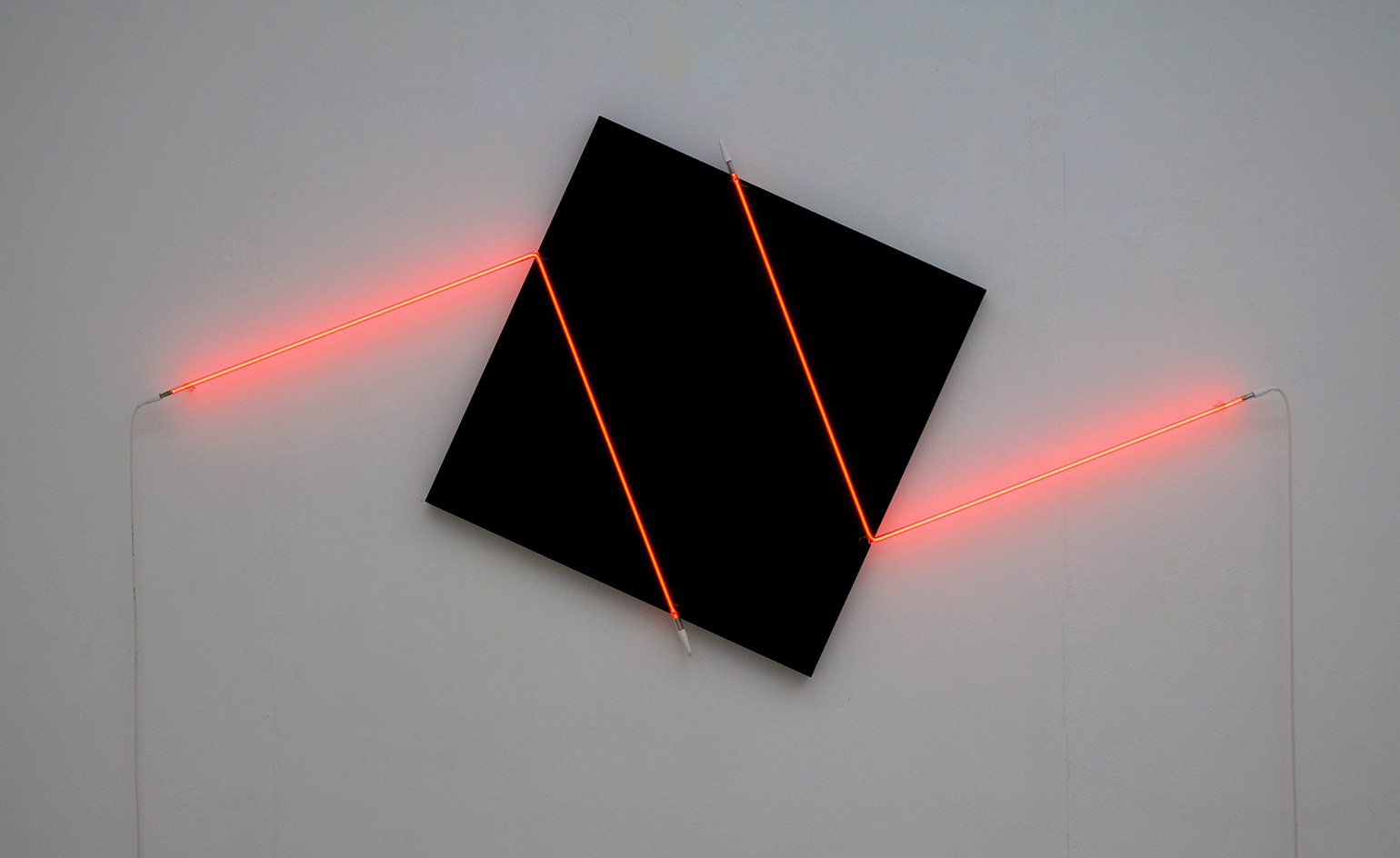
Morellet’s international reputation is conspicuously growing. Pictured: Contresens n°2, 2015.
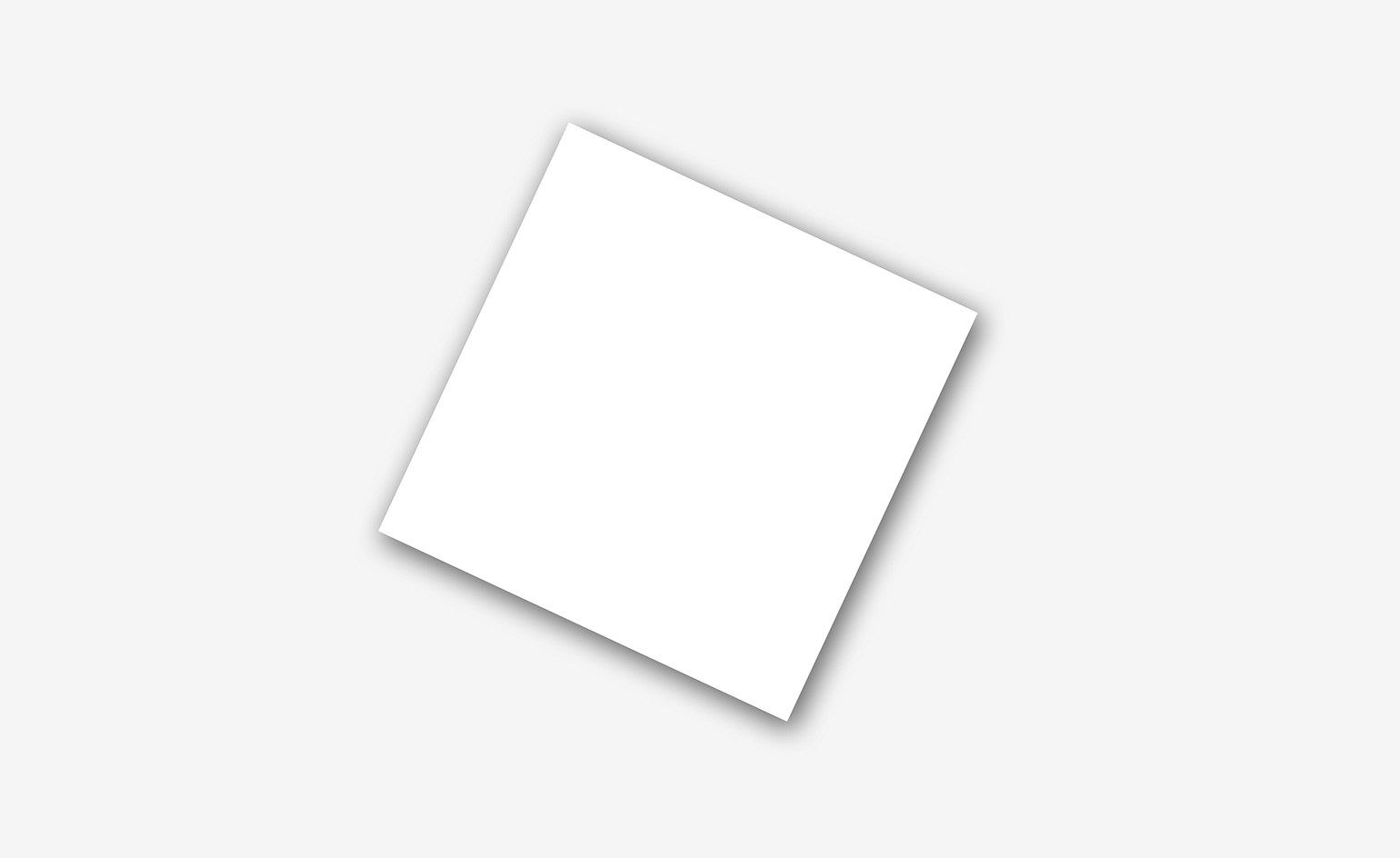
Morellet explains, ’I often said that in the past, I considered that my work was widely underestimated and that today it is probably overestimated. Injustice can be quite bearable, especially when it favours yourself.’ Pictured: Carré bandé, 2015.
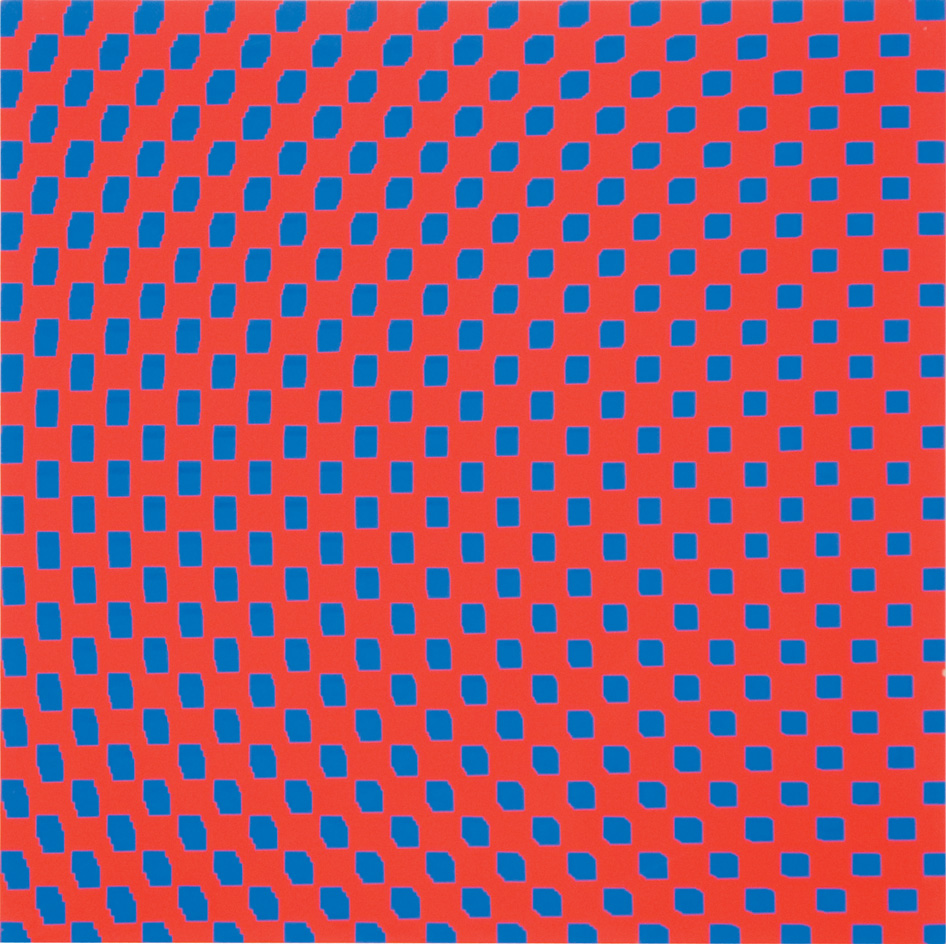
Standing back from his own success and observing it with a scientific coldness – yet always with a warm, humanising wit – is typical of Morellet’s attitude. Pictured: 3 Trames de carrés réguliers pivotés sur le côté, 1970.
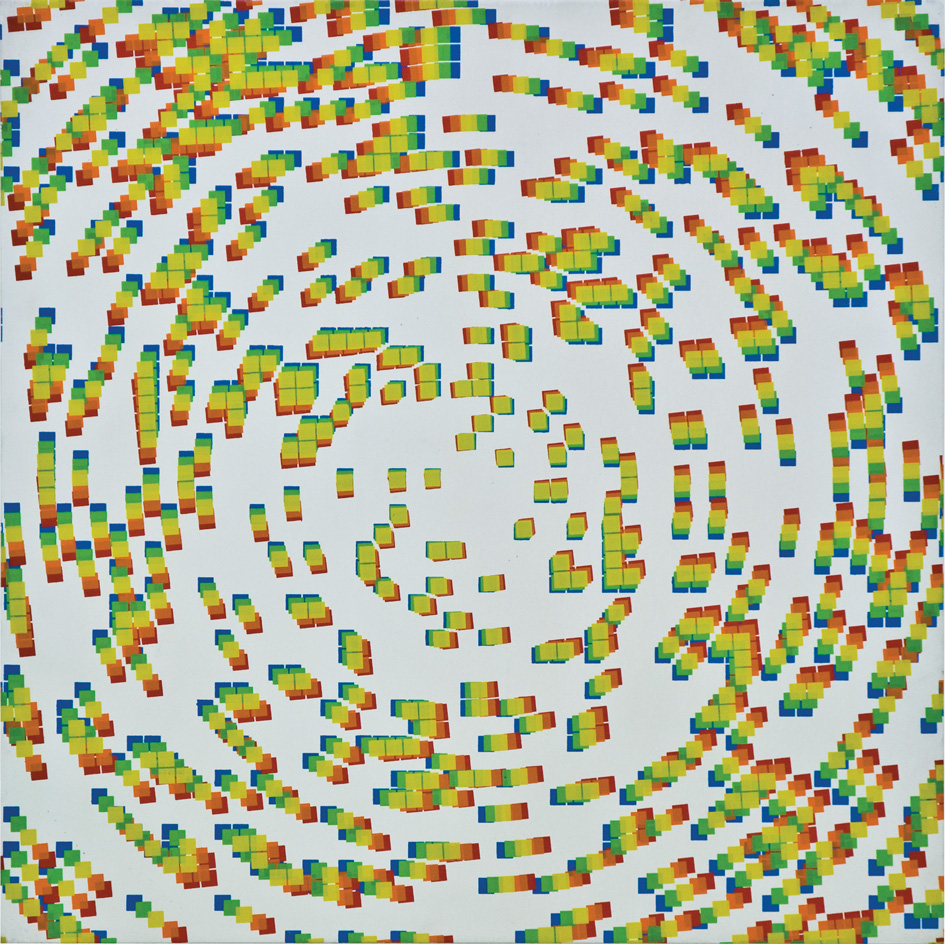
At the start of his career, Morellet began to experiment with painting and printing methods that used systems to minimise the sensibility of the artist, and ’make work as empty as possible’. Pictured: 5 Impressions Decalées Bleu, Vert, Jaune, Orange et Rouge, 1969.

Pre-dating the minimalist movement, he took as aesthetic inspiration his love of free forms like jazz and the apparently infinite motifs used in Oceanic tapa fabric designs. Pictured: 4 trames de tirets du bleu au vert pivotées sur un côté, 1971.
INFORMATION
’François Morellet’ is on view at Annely Juda Fine Art from 5 April – 24 June; and at The Mayor Gallery from 6 April – 27 May. For more information, visit The Mayor Gallery’s website
ADDRESS
Annely Juda Fine Art
23 Dering Street
London, W1S 1AW
The Mayor Gallery
21 Cork Street
London, W1S 3LZ
Receive our daily digest of inspiration, escapism and design stories from around the world direct to your inbox.
-
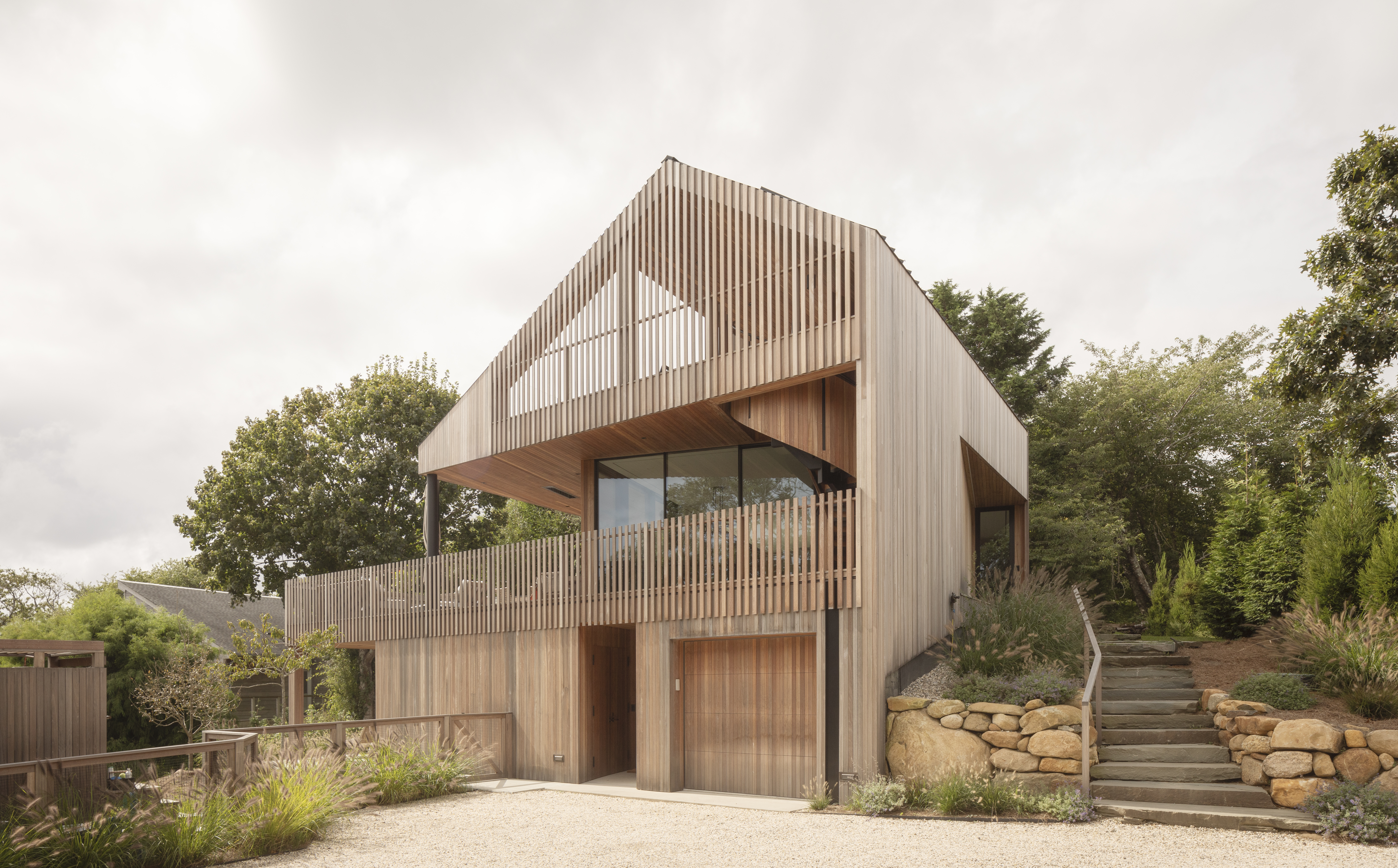 An ocean-facing Montauk house is 'a coming-of-age, a celebration, a lair'
An ocean-facing Montauk house is 'a coming-of-age, a celebration, a lair'A Montauk house on Hither Hills, designed by Hampton architects Oza Sabbeth, is wrapped in timber and connects its residents with the ocean
-
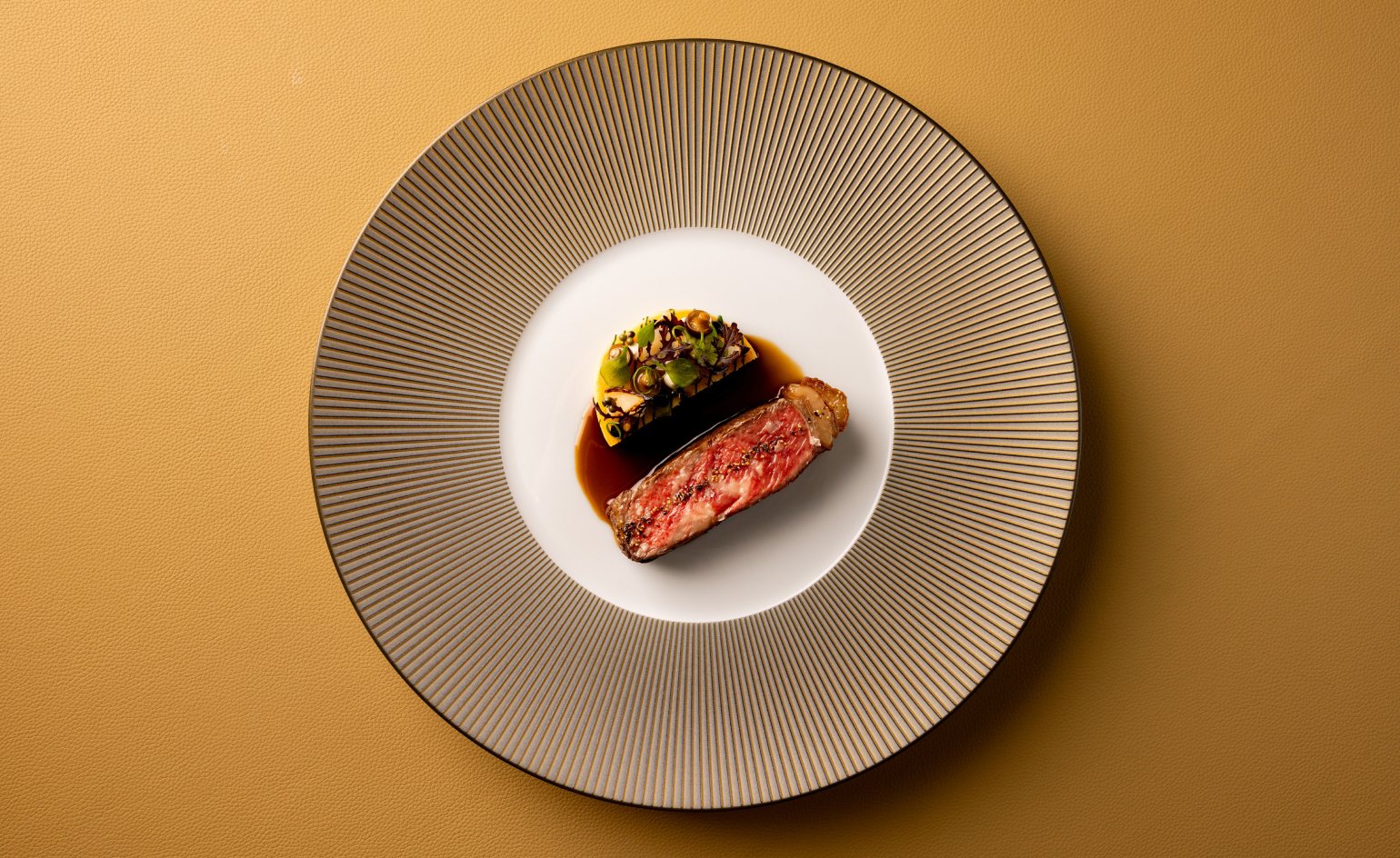 Chef Matt Abé steps out solo with Bonheur in Mayfair
Chef Matt Abé steps out solo with Bonheur in MayfairA former fine-dining institution is transformed through a study of light, tone and materiality, courtesy of Russell Sage Studio
-
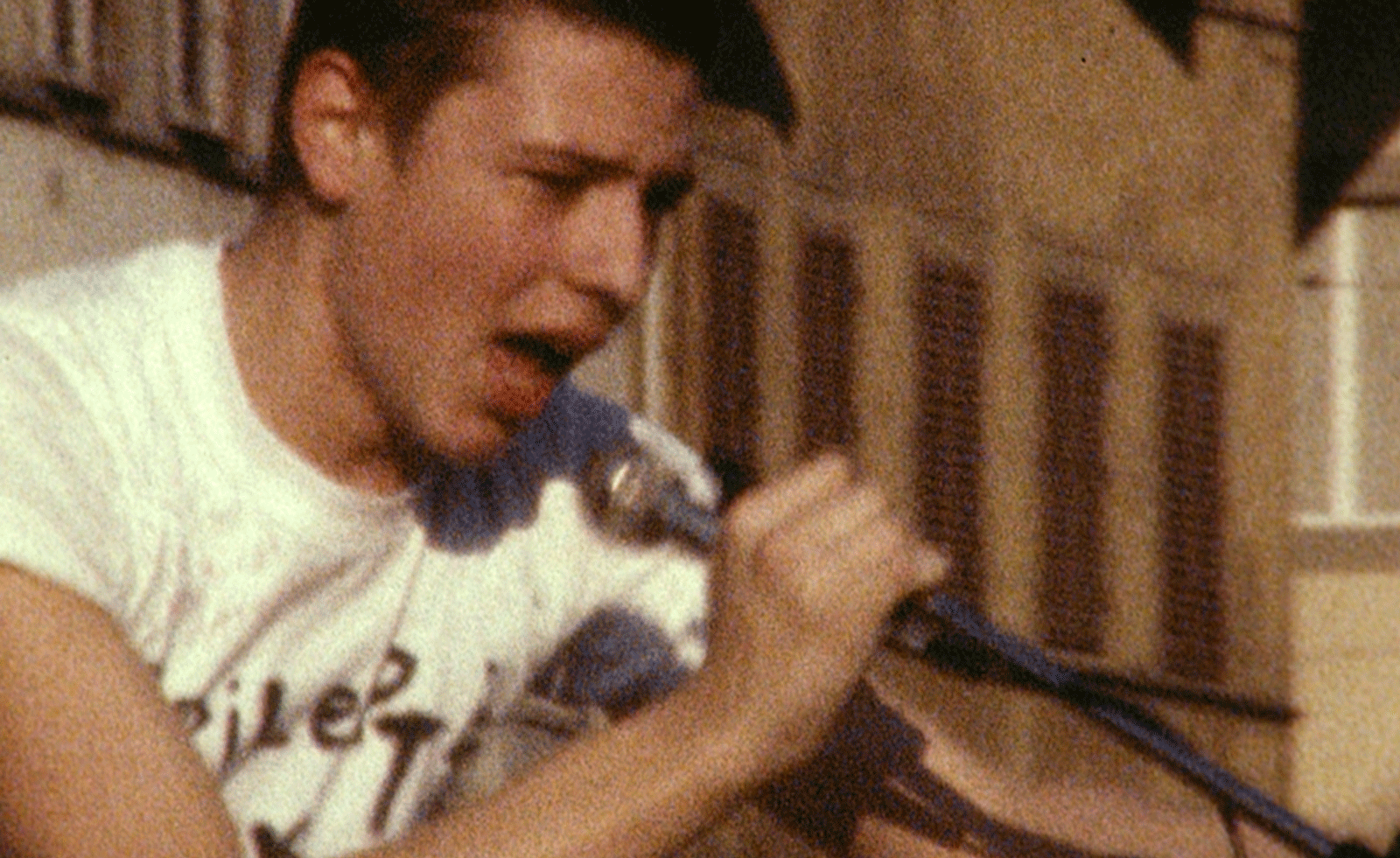 A forgotten history of Italian artists affected by the HIV-AIDS crisis goes on show in Tuscany
A forgotten history of Italian artists affected by the HIV-AIDS crisis goes on show in Tuscany‘Vivono: Art and Feelings, HIV-AIDS in Italy. 1982-1996’, at Centro per l'Arte Contemporanea Luigi Pecci in Prato delves into the conversation around the crisis
-
 David Shrigley is quite literally asking for money for old rope (£1 million, to be precise)
David Shrigley is quite literally asking for money for old rope (£1 million, to be precise)The Turner Prize-nominated artist has filled a London gallery with ten tonnes of discarded rope, priced at £1 million, slyly questioning the arbitrariness of artistic value
-
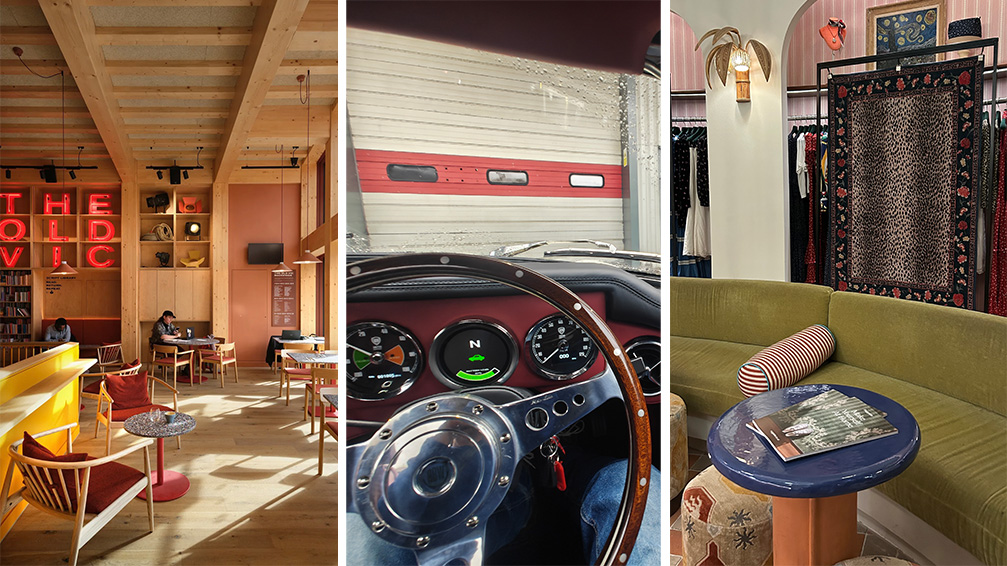 Out of office: The Wallpaper* editors’ picks of the week
Out of office: The Wallpaper* editors’ picks of the weekThe rain is falling, the nights are closing in, and it’s still a bit too early to get excited for Christmas, but this week, the Wallpaper* team brought warmth to the gloom with cosy interiors, good books, and a Hebridean dram
-
 A former leprosarium with a traumatic past makes a haunting backdrop for Jaime Welsh's photographs
A former leprosarium with a traumatic past makes a haunting backdrop for Jaime Welsh's photographsIn 'Convalescent,' an exhibition at Ginny on Frederick in London, Jaime Welsh is drawn to the shores of Lake Geneva and the troubled history of Villa Karma
-
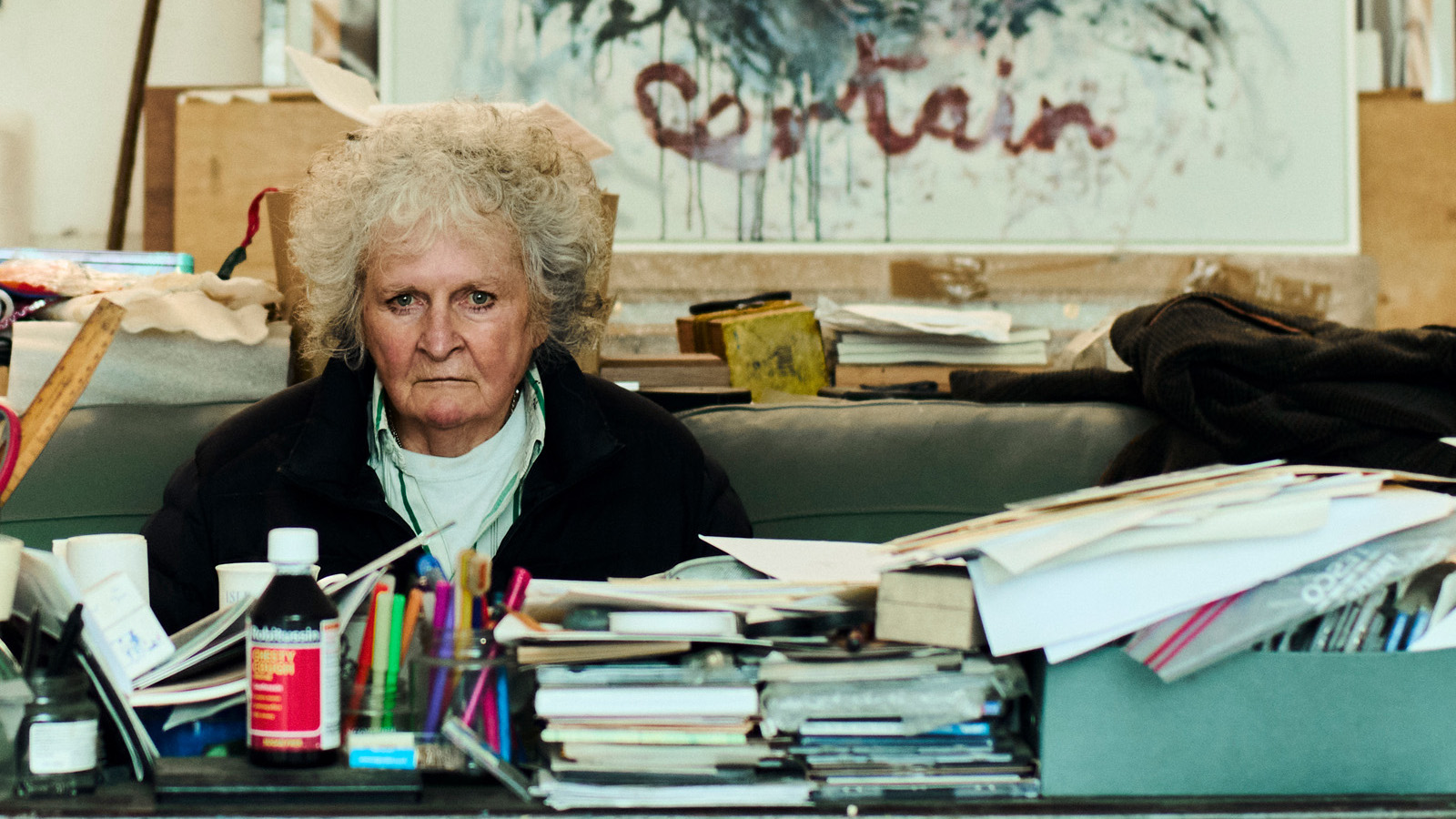 Maggi Hambling at 80: what next?
Maggi Hambling at 80: what next?To mark a significant year, artist Maggi Hambling is unveiling both a joint London exhibition with friend Sarah Lucas and a new Rizzoli monograph. We visit her in the studio
-
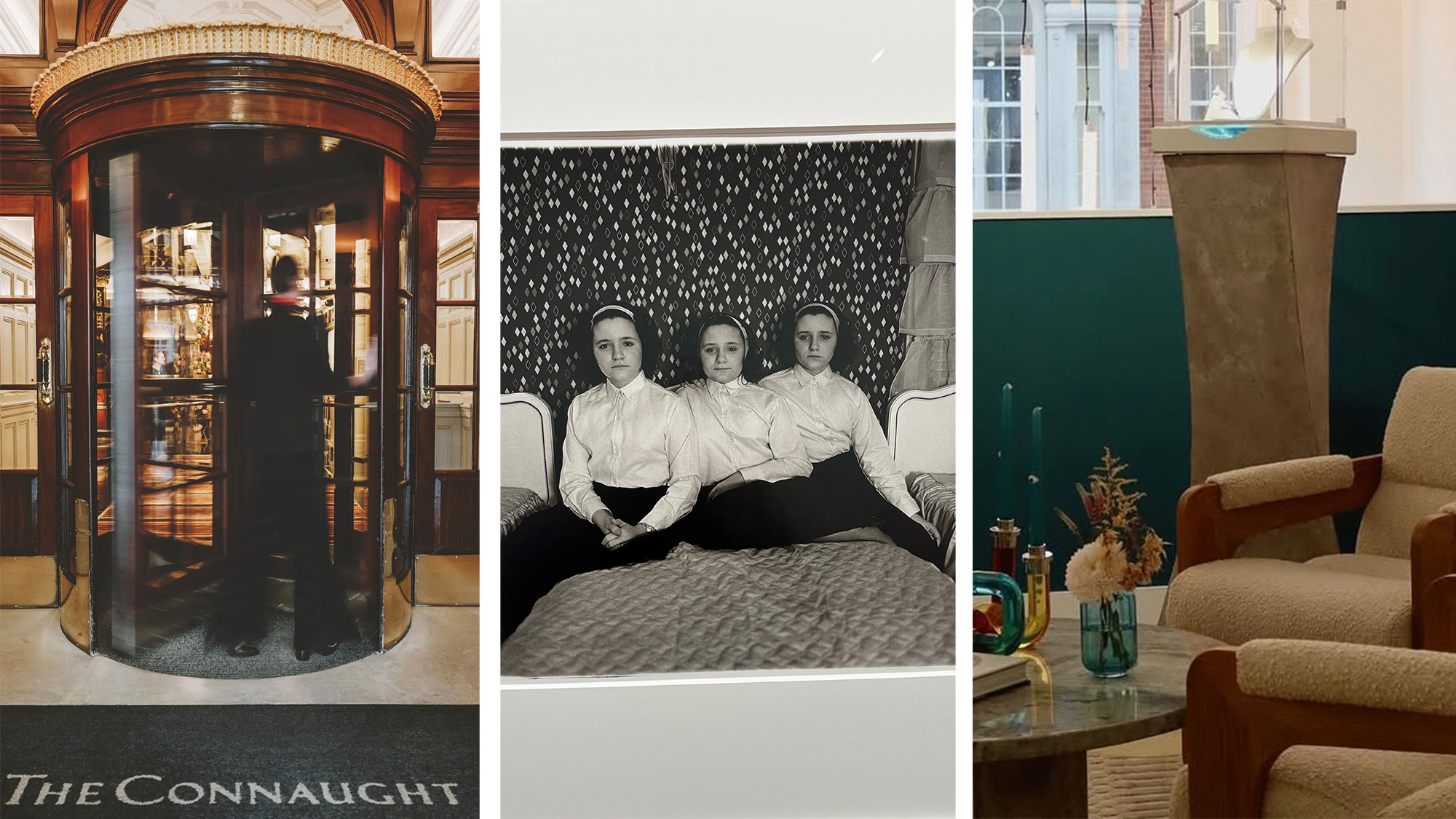 Out of office: The Wallpaper* editors’ picks of the week
Out of office: The Wallpaper* editors’ picks of the weekThis week, the Wallpaper* editors curated a diverse mix of experiences, from meeting diamond entrepreneurs and exploring perfume exhibitions to indulging in the the spectacle of a Middle Eastern Christmas
-
 Artist Shaqúelle Whyte is a master of storytelling at Pippy Houldsworth Gallery
Artist Shaqúelle Whyte is a master of storytelling at Pippy Houldsworth GalleryIn his London exhibition ‘Winter Remembers April’, rising artist Whyte offers a glimpse into his interior world
-
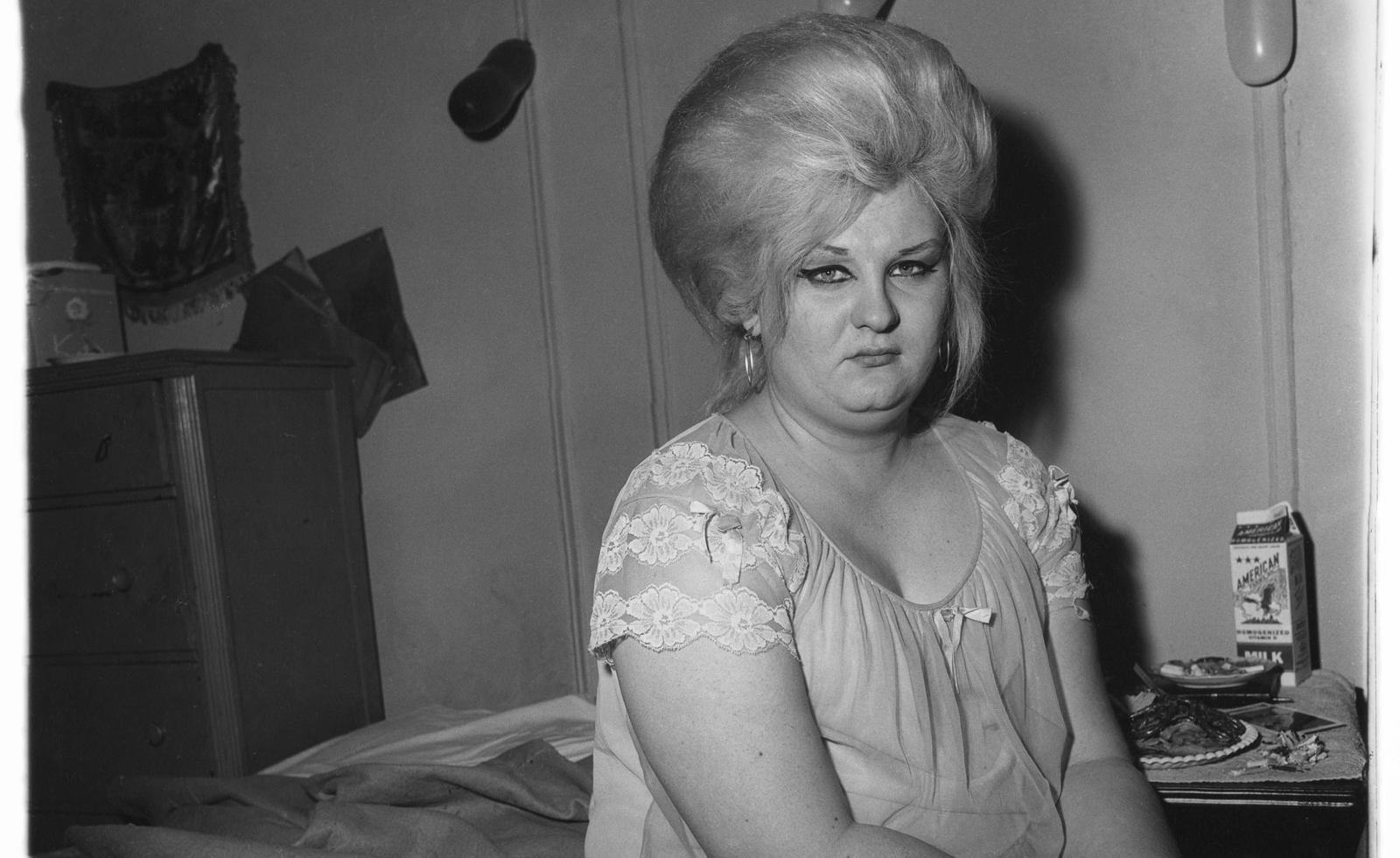 Diane Arbus at David Zwirner is an intimate and poignant tribute to her portraiture
Diane Arbus at David Zwirner is an intimate and poignant tribute to her portraitureIn 'Diane Arbus: Sanctum Sanctorum,' 45 works place Arbus' subjects in their private spaces. Hannah Silver visits the London exhibit.
-
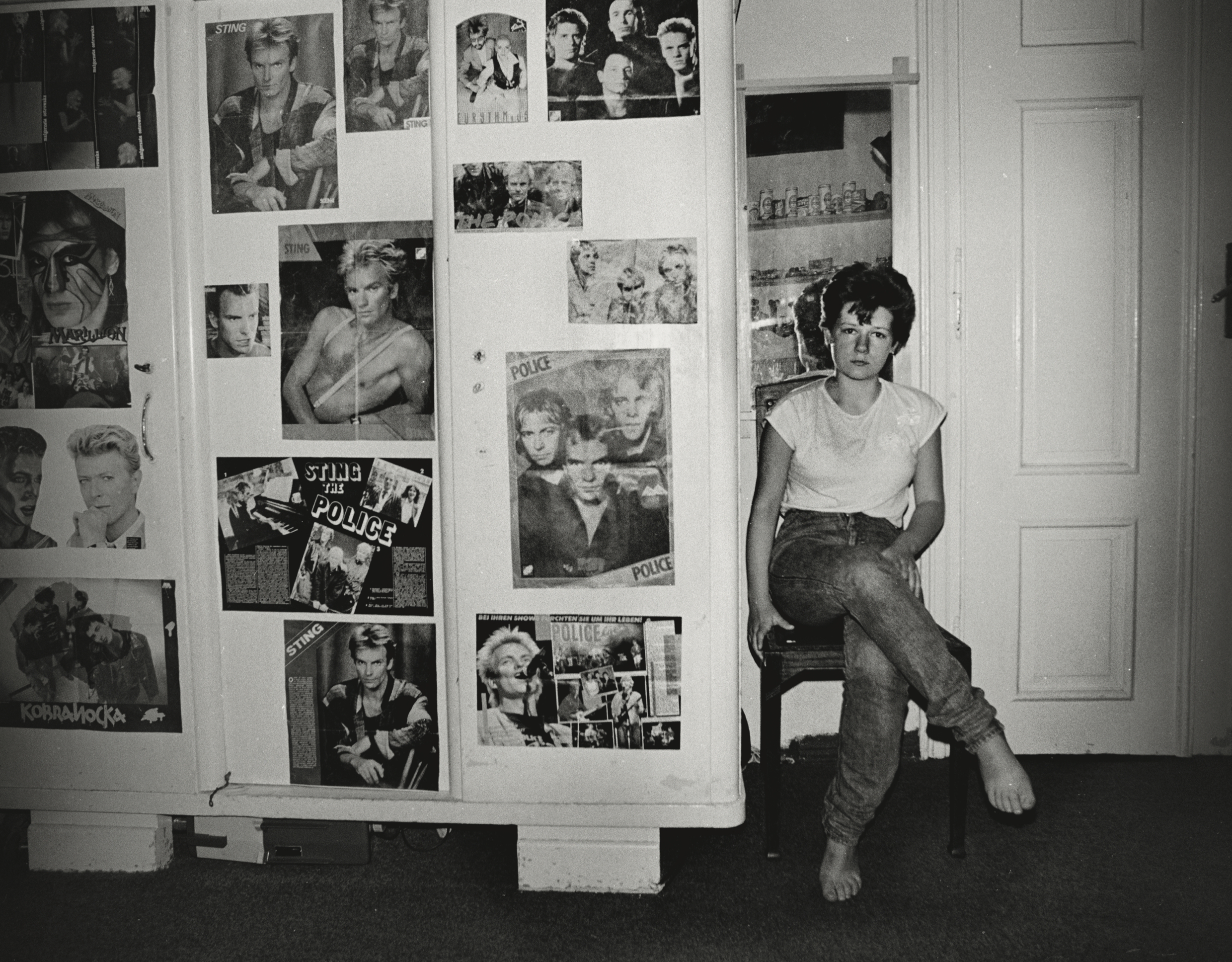 Zofia Rydet's 20-year task of photographing every household in Poland goes on show in London
Zofia Rydet's 20-year task of photographing every household in Poland goes on show in LondonZofia Rydet took 20,000 images over 20 years for the mammoth sociological project